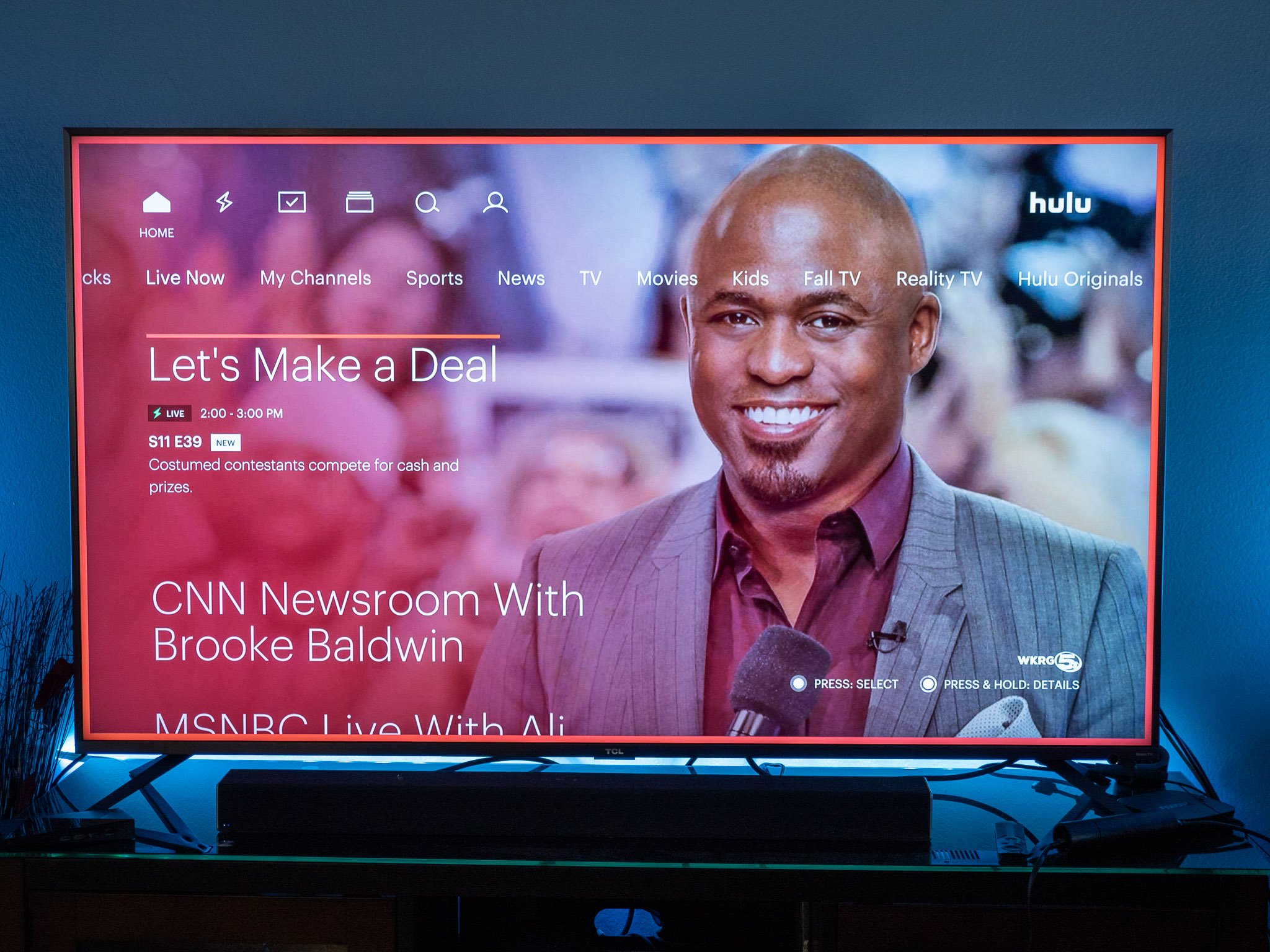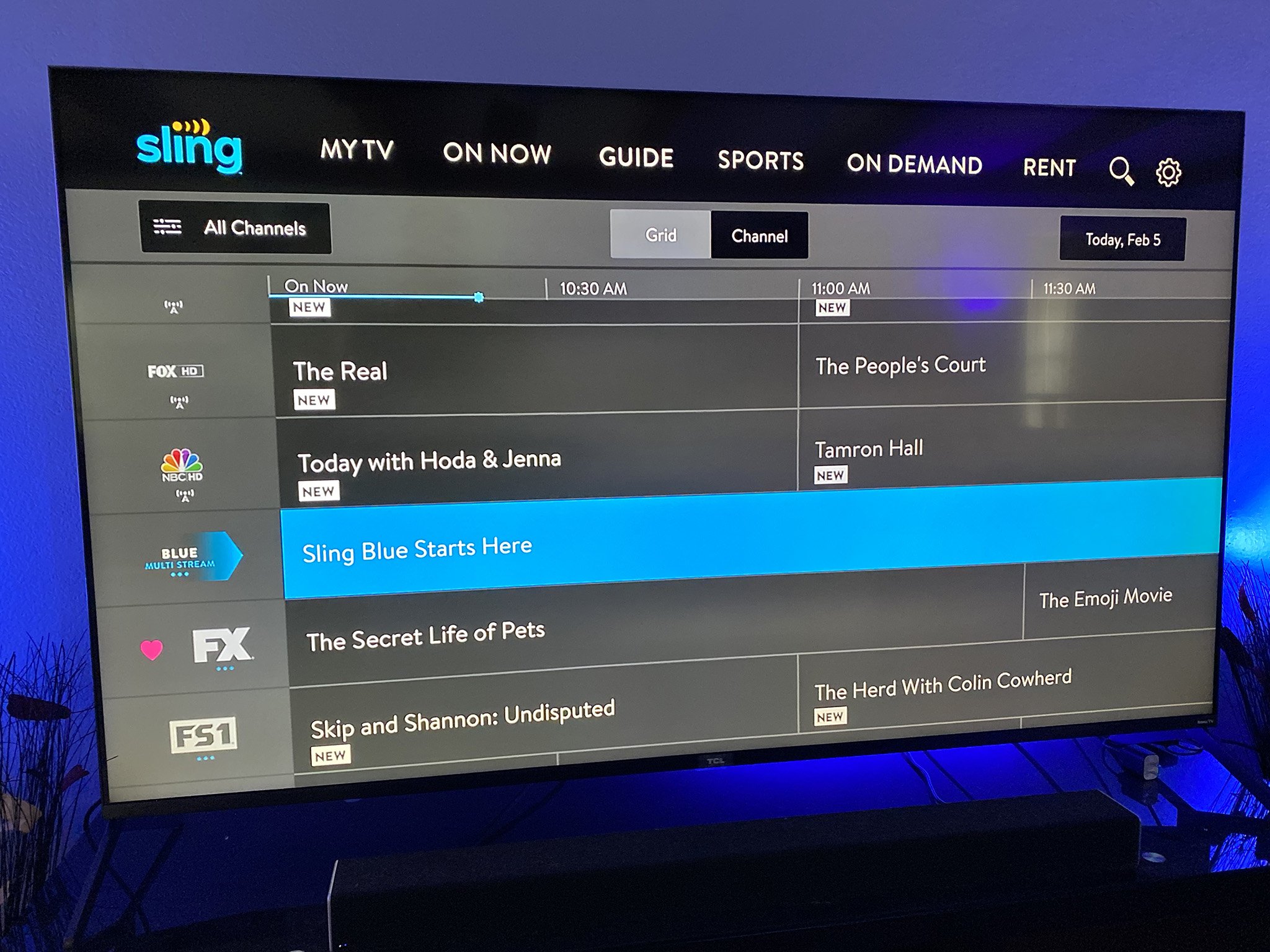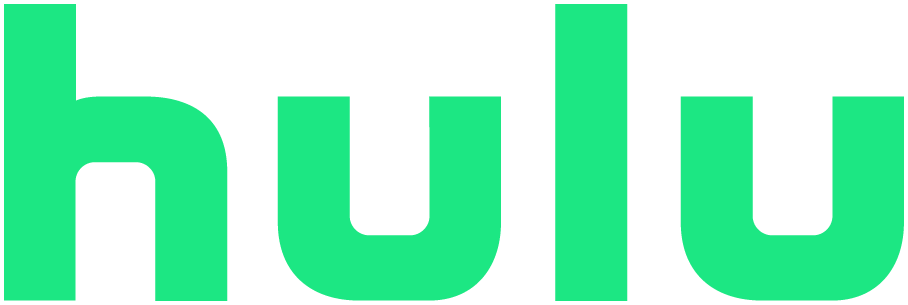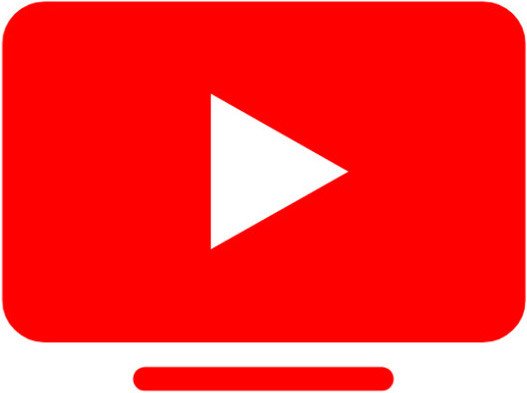Sling TV finds out the hard way — it's not enough to be inexpensive anymore
A rising Disney+ tide lifts the boats of Hulu and ESPN+, and threatens to swamp others

From the day that pricing was announced for Disney+ — including the $12.99 bundle with ESPN+ and Hulu — it was pretty clear what was going to happen. You didn't need to be some grand prognosticator of the media industry to see it. Just a lover of cliches, really.
Rising tides and all that.
And, in fact, the prognostication came true less than six months later. Disney+ has more than 28 million subscribers . (Disney CEO Bob couldn't help but blow past the Dec. 28, 2019, fiscal quarter numbers and tack on another couple million for January 2020. And it's brought with it Hulu and ESPN+. The latter already was seeing huge increases on its own, thanks in no small part to its exclusive deal with the UFC. (By the way, be sure to check out Jon Jones and Dominick Reyes in UFC 247 this weekend
Hulu was the one that really stood to gain, though. And gain it did, with a 29 percent increases in its basic SVOD service year over year — that's the basic on-demand catalog stuff — and a whopping 88 percent increase in SVOD and live TV from 2018 to 2019. (Those numbers balance out to 33 percent for both.) Some of that growth undoubtedly was organic — people who were going to be trying Hulu anyway. But there is no doubt that the Disney+ bundle is strong. Very strong.
As I put things back in August, in "The Hulu/Disney+/ESPN+ bundle should sure the hell out of folks".
You're going to see Hulu and ESPN+ significantly buoyed by this deal — by Disney, really. You're going to see the number of Hulu subscribers increase in a way that's going to make you ask what dumb thing some some other service did to lose so many folks.
That wasn't a tough call to make. It's basic math. And the services that have taken the hit? AT&T TV Now, for one, which lost more subs in the fourth quarter to fall to about 800,000, give or take. And quite possibly Sling TV — which, for now, has lost its crown as the top live TV streaming provider in the U.S. Its latest quarterly report should be out soon, however, and we'll have to see where its numbers fall.
The latest updates, reviews and unmissable series to watch and more!
But that also doesn't mean the game is over. The first season of The Mandolorian — the big initial exclusive draw for the service — has come and gone. There will be more new, exclusive content, of course. But Disney (like all the services that have their own content) needs to keep that momentum to keep gaining new subscribers.
So where does that leave Sling? Is it simply not enough to be a less-expensive live-TV option anymore? Maybe they're just choosing between YouTube TV vs. Hulu?
I'd argue it's not. (I'd also argue that there's a good bit of smoke and mirrors when it comes to the whole cost thing — the monthly bill for Sling starts to add up when you add in all the "a la carte" stuff you get by default on other services.) YouTube TV has found itself squarely tied at the No. 2 spot, with more than 2 million subscribers as of Google's latest earnings call. It's likely at fewer than the 2.686 million subscribers that Sling last reported , otherwise Google would have said so.
In other words, there's a real chance that Sling could find itself squarely in the No. 3 position at some point in 2020.
What could Sling TV do to avoid that? Some rather obvious options come to mind.

No. 1: Streamline the options
Sling's claim to fame is that it's the service that gets you closest to true "a la carte" TV, in which you can pick the channels you want. It's not actually a la carte, but it does have more discrete options than, say, AT&T TV Now, whose plans add on more channels as the price increases. But the whole "No useless channels" thing — while certainly being subjective — also isn't true until we can individually choose what channels we pay for.
That's never going to happen, though. But the bigger problem may be that there's a lot of mental overhead when it comes to choosing your Sling plan. Some of that is built in, no doubt. Do you go with the Orange plan? Or the Blue plan? Some of the "Extras" are only available on one track and not the other, so maybe. You just go ahead and get both Orange and Blue for $45 a month, and tack on the Extras as needed.
Or, you can just go with one fo the other options like Hulu or YouTube TV or Fubo or Philo and have much simpler options.

No. 2: Fix the on-screen guide
This one's certainly is more subjective, but it's worth noting. Sling's on-screen guide is a mess, sorting things by plan rather than some other method that makes sense to human beings.
And this is one where I'd say that YouTube TV blows everyone away, with the option to customize the order of the channels — and hide ones you don't care about — however you want.
Streaming live TV already is more difficult than having everything piped in to a single cable box. The services need to make the switch as painless as possible.
No. 3: What's the value ad?
This ties back in to No. 1. If potentially saving money is the value ad for Sling, fine. But in world in which the Hulu/ESPN+/Disney+ bundle exists, it's going to have to offer more. Hulu has the help of the exclusives on ESPN+ and Disney+ to make that sale.
What exclusives does Sling have that will actually hit at scale? Niche channels are important, but they're still niche.
And Hulu has the bonus of having its own exclusive content — and that was before the Disney acquisition, and the move to premiere new FX content on Hulu.
Sling needs something more exclusive to attract more subs.

The deets
Pay for (mostly) what you want
Sling TV isn't quite true a la carte TV, but it's closer than anyone else, which lets you watch more and spend less.
But even that might not help
There's another problem here, though: Sling TV's parent company, Dish, has been bleeding satellite customers (the traditional "Dish" subscribers) for some time now, even as Sling has been adding subscribers.
But Sling subscribers aren't worth as much to Dish as satellite subscribers. From Dish's filing with the IRS :
Sling TV subscribers on average purchase lower priced programming services than DISH TV subscribers, and therefore, as Sling TV subscribers increase, it has had a negative impact on Pay-TV ARPU.
How much is a Sling TV customer worth to Dish? It's a little hard to tell, because they get lumped in (and in fact drag down) Dish subscribers. But the average revenue per user for Dish as a hole is a little more than $85 a customer.
Fixing Nos. 1 and 2 above will help, but even then there's no guarantee that it would be enough to help Sling reclaim the top spot in the United States. And No. 3 is expensive — just ask Disney and Netflix and Amazon how much money it takes for quality exclusive content.
In the meantime, though, we'll just wait to see what Sling's latest numbers are — or whether Hulu and Google are going to start to run away with things.



